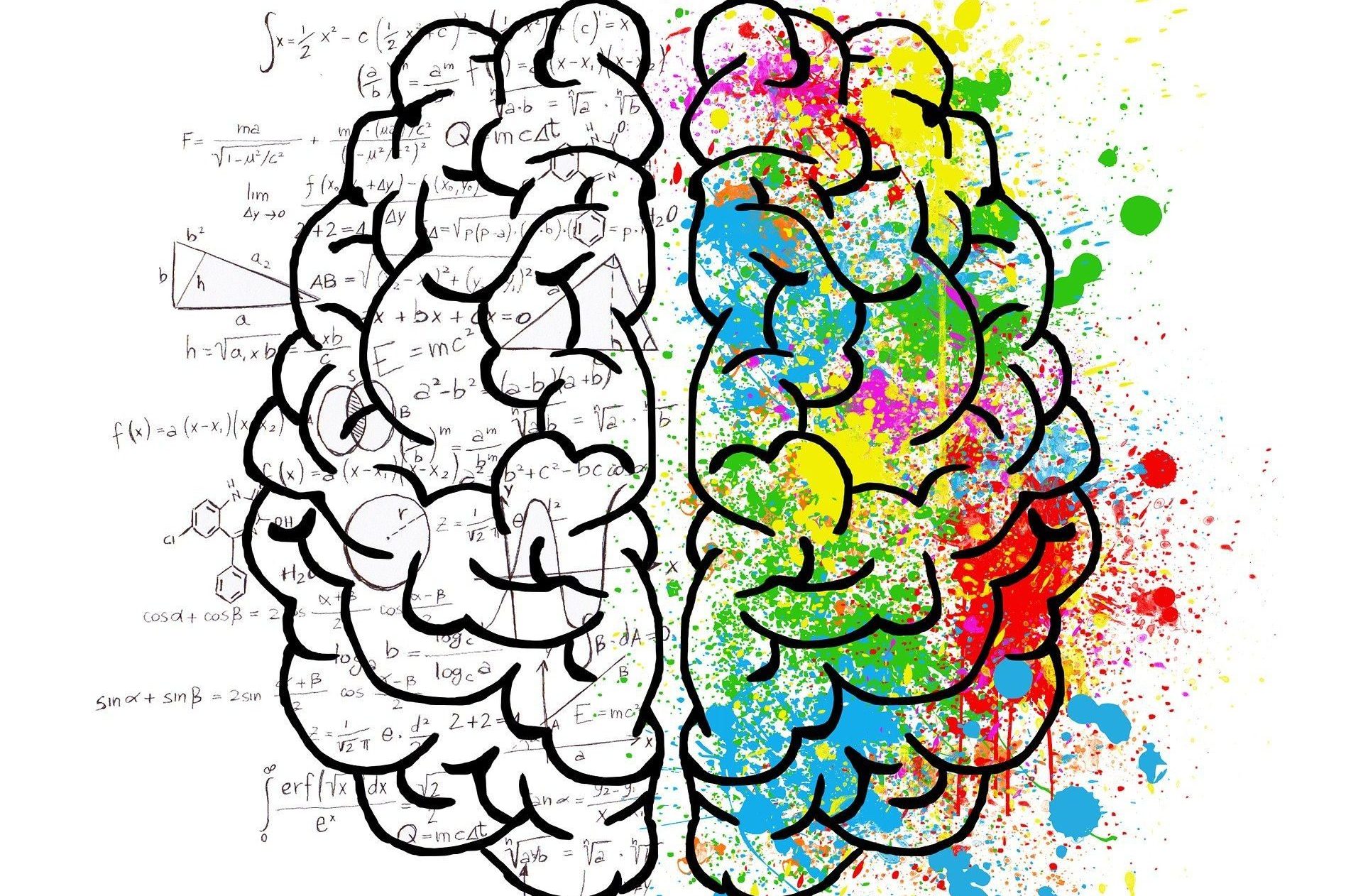Written By Tonya Mukherjee and Edited by Olivia Cooper

Do you ever wonder if it would be possible to predict someone’s success in performing a task? A new brain imaging technique has allowed neurologists to accurately measure and interpret brain activity and abnormalities in both animals and human infants.
Functional Ultrasound (fUS) Neuroimaging has gradually gained popularity in the neuroscience field because it is ultrasensitive, minimally invasive, and inexpensive [1] [2] [3] [4]. Ultrasound creates images by releasing pulses of high speed sound and measuring how sound vibrations echo throughout a substance. To identify regions of brain activation, fUS signals measure Cerebral Blood Volume (CBV), the blood volume of the brain, by reflecting sound waves off red blood cells moving throughout brain blood vessels [1] [3] [2] [4]. Through identifying regions of brain activation, fUS can even measure abnormal brain signaling patterns and trace them to their source within the brain [5]. During decision making and movement tasks, fUS can be used to predict performance success rates and interpret coordination by monitoring brain activity. A 2019 study of 20 primates trained to perform complex eye movement tasks used fUS to measure the CBV variations of the Supplementary Eye Field (SEF), an area of the brain responsible for controlling eye coordination and the rapid movement of the eyes between different stimuli. Trials consisted of directing primates’ eye movements towards stimuli or away from stimuli through reward-and-error training. Results showed CBV changes in the SEF during trials were related to the subject’s response time, and response time correlated with the number of successful trials performed. SEF changes correlating with response time were even predictive of re-performance success rates, as SEF brain activity would match that of a primate performing a successful trial quicker or slower, thereby indicating a primate’s likelihood and speed of success. [4]
In 2021, another study used fUS with primates trained to perform eye and hand movements towards images which appeared and disappeared on different locations of a screen. The study found that some events led to more signal change in different parts of the brain than others; for example, higher signal changes occurred when eye movement targets moved opposite to the side of the body from which they appeared[1].
Overall, fUS is a great non-invasive and cost-effective technique for brain imaging [2]. Studies have proven that fUS can show how regions of the brain transmit signals following coordination, complex thinking, and brain abnormalities [3] [4] [5]. Unfortunately, most current fUS studies involve non-human primates, rodents, and newborn human babies; therefore, it is not yet possible to determine whether fUS results can be applicable to humans of all ages. Some preclinical studies have also shown that, in pregnant mice, long fUS exposure at standard intensities can lead to neural damage in offspring; thus, more studies are necessary to determine the safest intensities of fUS use [5]. Despite its consequences, neuroscientists believe fUS is a revolutionary technique, and it is a candidate tool for mapping neural activity to be interpreted by computers or machines for AI, robotics, and prosthetic advancement [2].
- Norman L. S., Maresca D., Christopoulos N. V., Tanter M., Griggs S. Whitney, Demene C., Shapiro G. M., Andersen A. R., (2021) Single-trial decoding of movement intentions using functional neuroimaging. Neuron, 109:1554-1566.
- “Reading Minds With Ultrasound.” Neuroscience News, California Institute of Technology, 22 March 2021, https://neurosciencenews.com/ultasound-movement-prediction-18086/. Accessed 19 May 2021.
- “Functional Ultrasound Imaging.” Criver, Charles River Laboratories, 2018, https://www.criver.com/products-services/discovery-services/pharmacology-studies/neuroscience-models-assays/neuroscience-methods-endpoints/neurological-imaging/functional-ultrasound-imaging?region=3601.
- Dizeux A., Gesnik M., Ahnine H., Blaize K., Arcizet F., Picaud S., Sahel J., Deffieux T., Pouget P., Tanter M. (2019) Functional ultrasound imaging of the brain reveals propagation of task-related brain activity in behaving primates. Nature Communications, 10:1400.
- [5] Demene C., Baranger J., Bernal M., Delanoe C., Auvin S., Biran V., Alison M., Mairesse J., Harribaud E., Pernot M., Tanter M., Baud O. (2017) Functional ultrasound imaging of brain activity in human newborns. Science Translational Medicine, 9:eaah6756.
